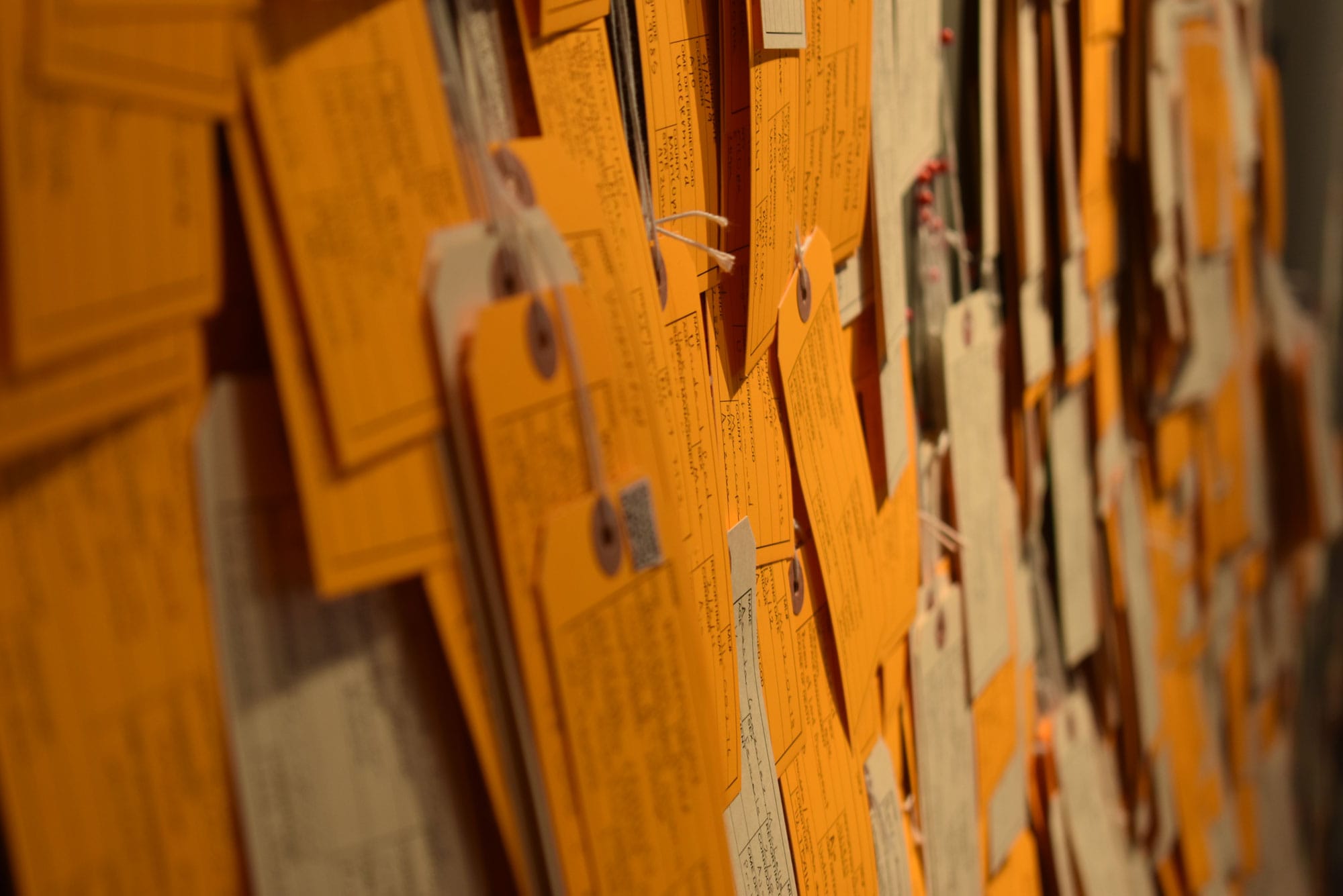
- This event has passed.
Day of the Dead Community Celebration
November 1, 2022 @ 6:00 pm – 9:00 pm



*Masks required at indoor events
On November 1, the Peale celebrates Día de los Muertos with friends from Johns Hopkins University (JHU) and the National Museum of the American Latino (NMAL). Special events from 6-9pm will mark the closing of the Hostile Terrain 94 (HT94) exhibition, brought to the Peale by JHU, and an ofrenda and procession to honor and support the healing of the community of Uvalde, Texas, offered by NMAL. Mufasa Cruz Moreno will provide a special guided tour of the HT94 exhibition. The muralist and altarist Frida Larios has been commissioned to create the ofrenda and a mural. The mural honors those killed in a mass shooting at Rob Elementary School.
We invite you to participate in this event by loaning/donating objects for the community ofrenda which will be displayed during the event! Bring:
- Flowers, including Marigolds, Dalias, Zinnias, Roses, Sunflowers, Carnations, wildflowers, and wild leaves.
- Herbs: Copal, Sage, Tobacco, and Rosemary.
- Nurturing: Cacao (chocolate), fruits, vegetables, and coffee beans.
- Drinks: Water or any bottled drink.
- Candles (electric): large candles, small, and tea lights.
In celebration of Día de los Muertos, items may be dropped off at the Peale, starting October 27 till October 30, 2022. Please bring your items in a box/container with your name and “Community Ofrenda – Dia de los Muertos” on the label.
The Peale Museum is open Thursday–Friday from 3—7 pm and from Saturday–Sunday from 10—4 pm. Inquires email MoldenhauerZ@si.edu.
About HT94: Hostile Terrain 94 (HT94) is a participatory art project sponsored and organized by the Undocumented Migration Project (UMP), a non-profit research-art-education-media collective, directed by anthropologist Jason De León. The exhibition is composed of over 3,200 handwritten toe tags that represent migrants who have died trying to cross the Sonoran Desert of Arizona between the mid-1990s and 2019. These tags are geolocated on a wall map of the desert showing the exact locations where remains were found.
This installation was co-organized in Baltimore by Sanchita Balachandran and Alessandro Angelini, with support from various JHU entities including The Krieger School of Arts and Sciences Dean’s Office, The Stavros Niarchos Foundation Agora Institute; the Alexander Grass Humanities Institute; the Program in Museums and Society; the Johns Hopkins University Sheridan Libraries and the Sheridan Society Fund, and the Friends of the Johns Hopkins University Libraries; the Program in Racism, Immigration and Citizenship; the Department of Anthropology; Latin America in a Globalizing World; the Program in International Studies; Common Question; and the Johns Hopkins Archaeological Museum.